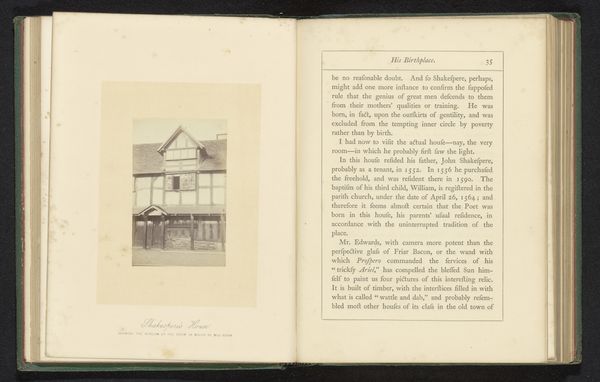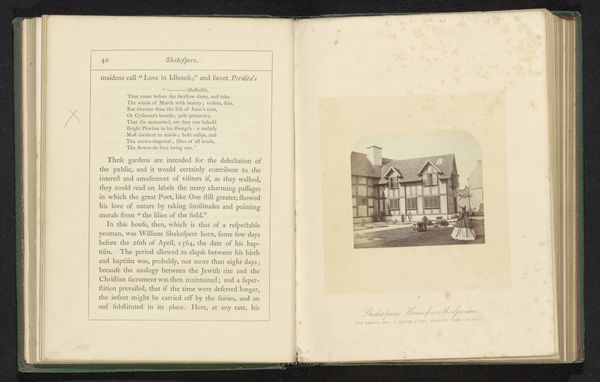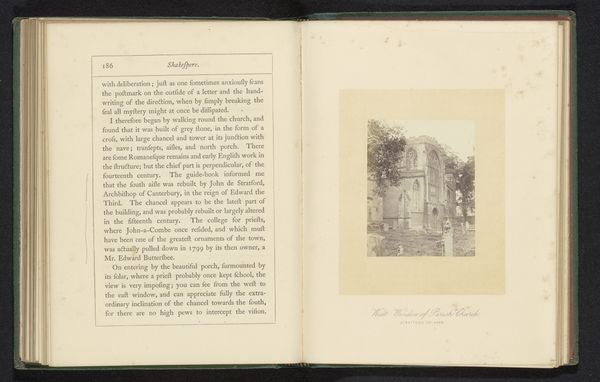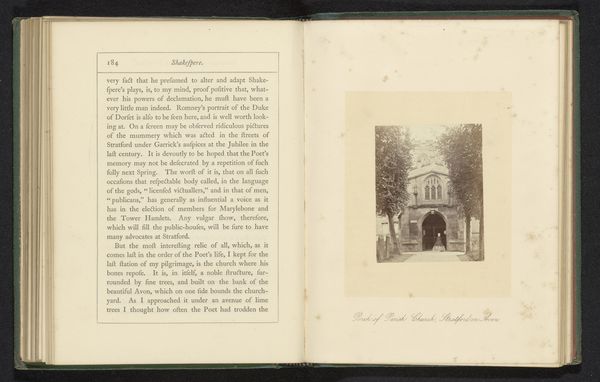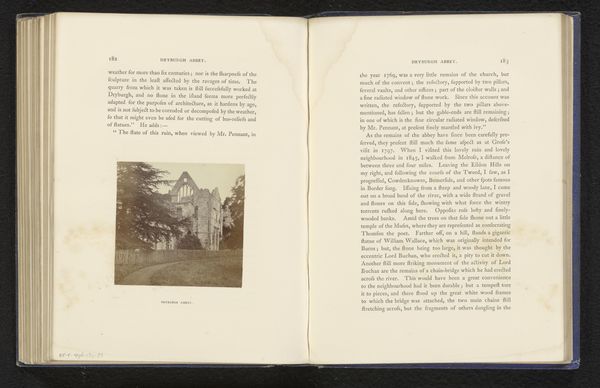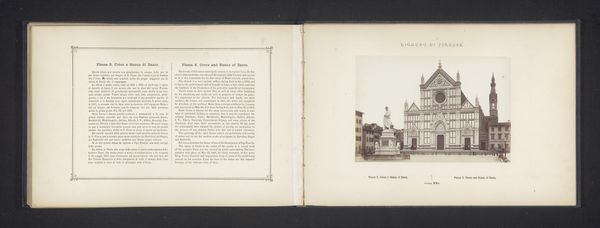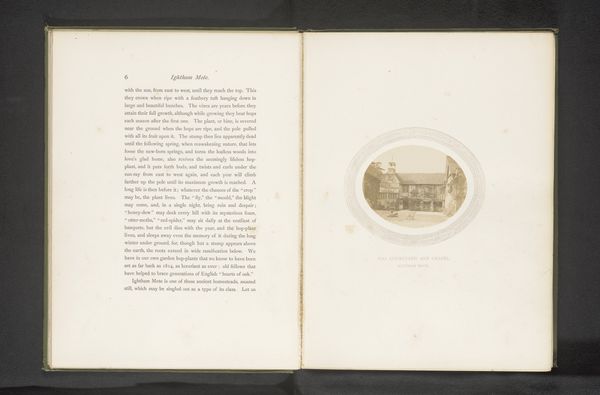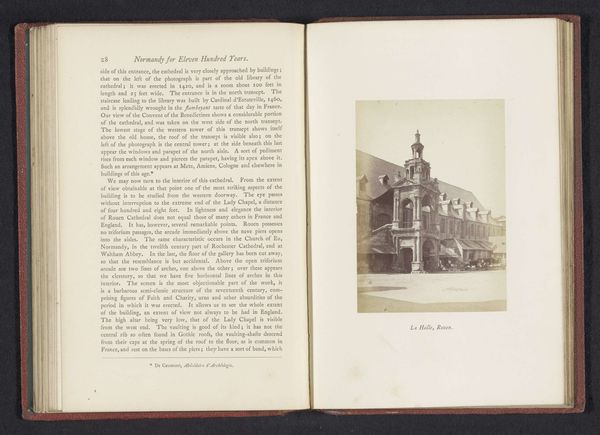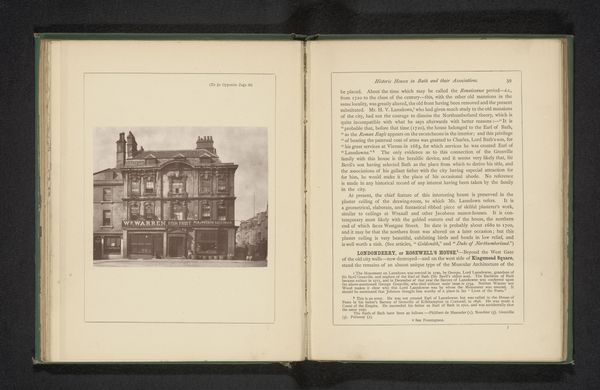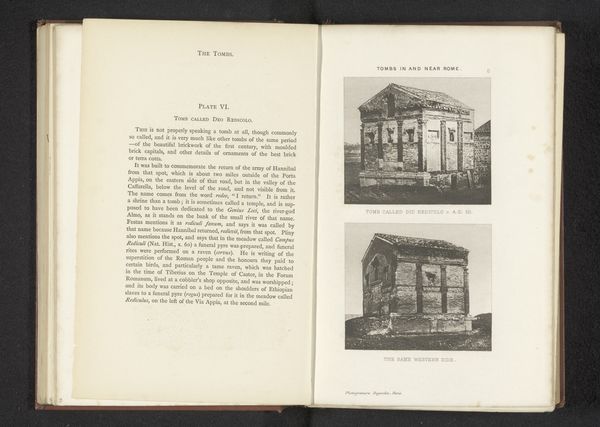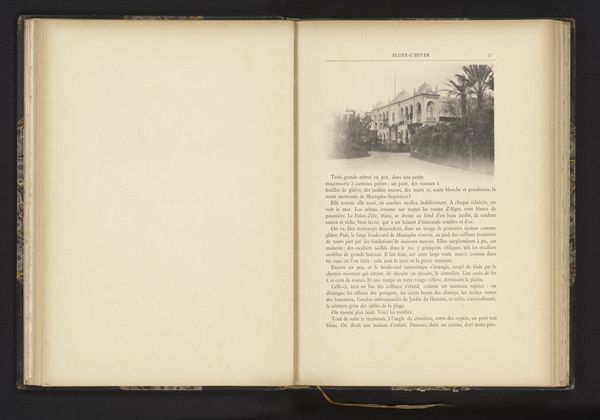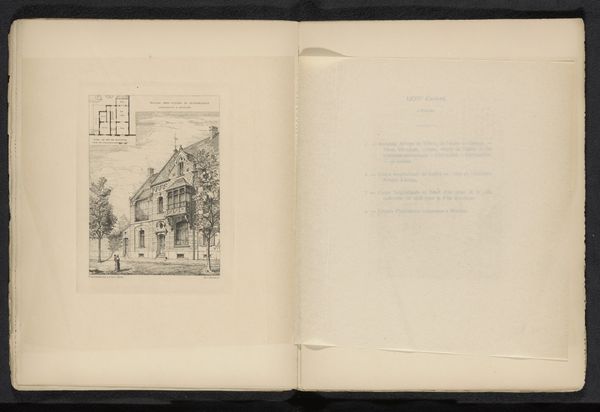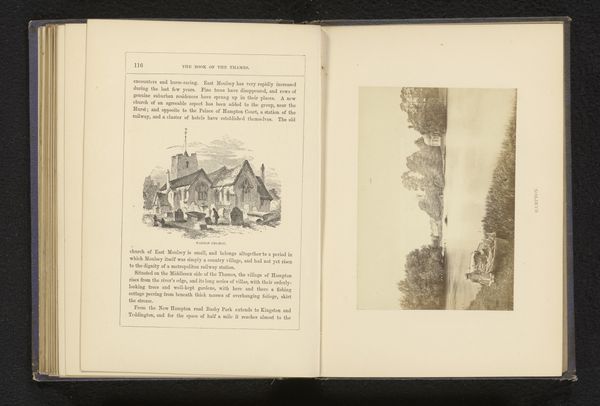
print, photography, gelatin-silver-print
# print
#
landscape
#
photography
#
gelatin-silver-print
#
cityscape
#
realism
#
building
Dimensions: height 94 mm, width 59 mm
Copyright: Rijks Museum: Open Domain
Curator: Ernest Edwards’ gelatin silver print, "Ancient House in Stratford-on-Avon," made before 1864…it presents us with a rather unassuming view of a timber-framed building. What stands out to you? Editor: It’s incredibly detailed for such an old photograph. I'm struck by the age of the building, the way the wood is slightly warped. What do you see in this image that really grabs your attention? Curator: I see a confluence of production methods. Edwards is using the relatively new technology of gelatin-silver printing to capture an image of a very old building, likely a commercial space. It points to the changing landscape of both art production and urban life. Consider the labor involved in the building's construction versus the relatively easier process of photographic reproduction. Editor: That's fascinating. I hadn’t thought about the contrast between the handmade nature of the building versus the mechanical process of photography. Do you think Edwards was intentionally highlighting this difference? Curator: Perhaps not intentionally, but the juxtaposition is inherent in the image. Photography, even then, democratized image-making, shifting it away from solely the realm of skilled painters and engravers. How did that change the understanding of craftsmanship? Edwards is participating in that very change. Editor: So it's about shifting modes of production, using the photograph to document a specific location at a moment of broader societal changes… Curator: Precisely. Edwards's photograph, as a commodity itself, speaks to larger shifts in the 19th century. We move from bespoke craftsmanship in buildings, clothing and pictorial making towards something else: mass reproducibility. Editor: I never would have considered the print in this way. It is very different framing it this way than how my professor of photography considers it! Curator: Exactly! And understanding this context gives us a far richer interpretation than simply looking at the image's surface. What can one photograph teach us? Editor: It reveals how technological changes inevitably alter what, and how, artists can and will represent things and how they produce their artwork, as the lines blur between high art and craft.
Comments
No comments
Be the first to comment and join the conversation on the ultimate creative platform.
